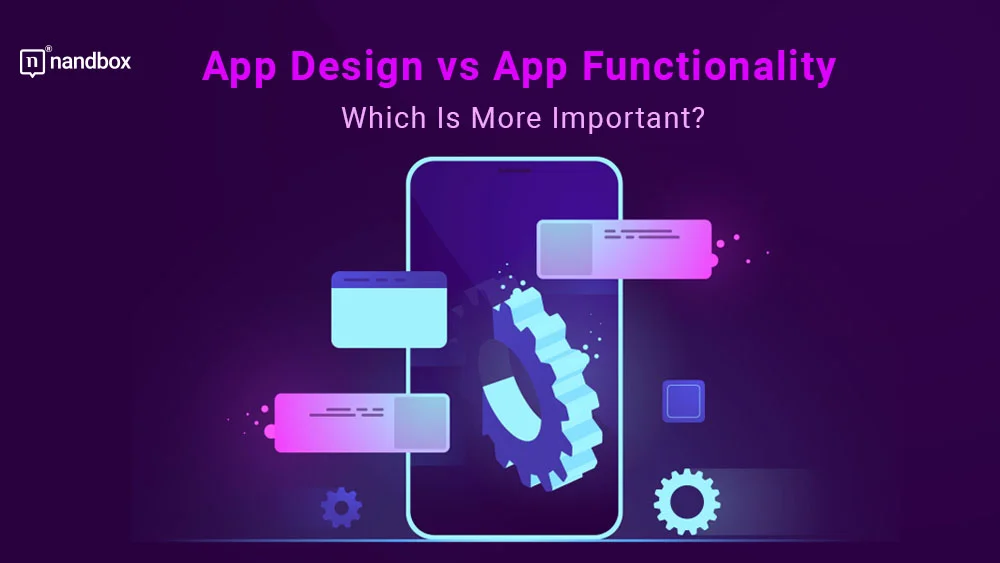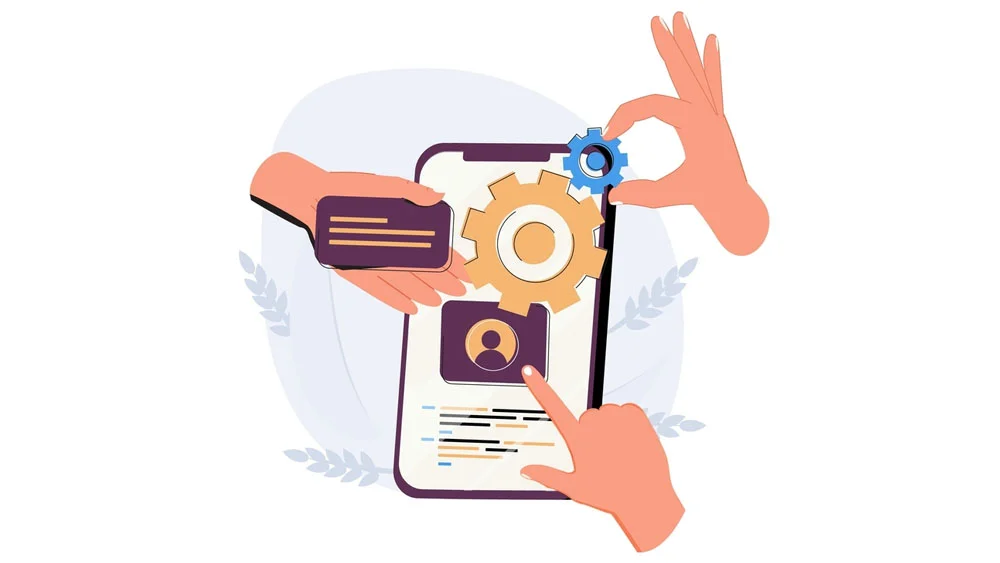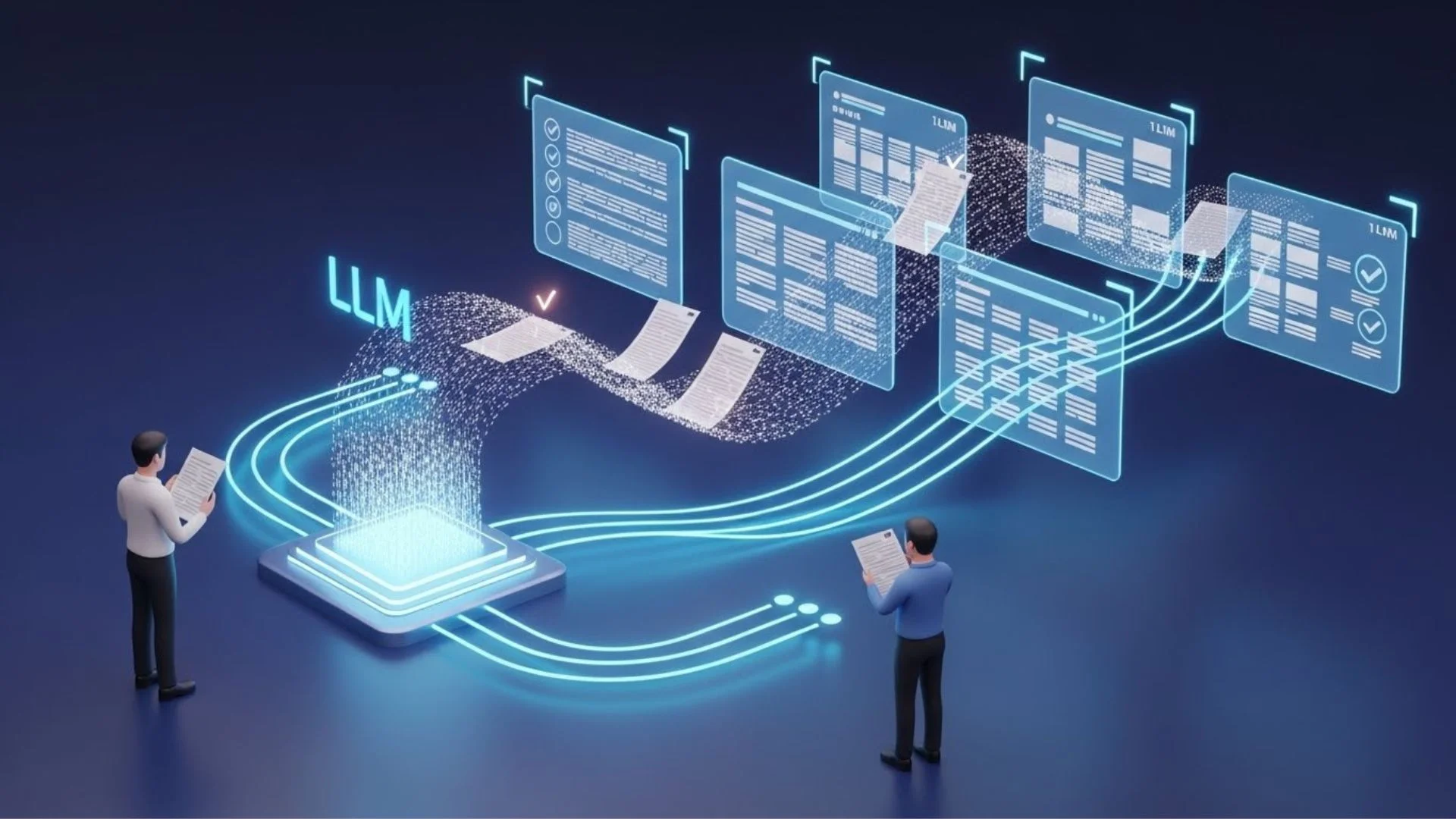When developing a mobile application, it can be difficult to achieve a satisfactory equilibrium. That is between the app’s aesthetics, designs, and capabilities. That is why we will be discussing app functionality vs app design to cover all the basics with you.
The last thing you want is a boring design that wouldn’t interest users; instead, you want an app with outstanding designs that lure in consumers and set you apart from the other businesses in your industry. On the other hand, you do not want the design of your app to come at the expense of the experience it provides its users. This is how the most profitable online businesses succeed.
In this article, we are going to talk about the relationship between design and functionality, as well as the question of which aspect of a mobile app’s development you should prioritize more.
What Is an App Design?
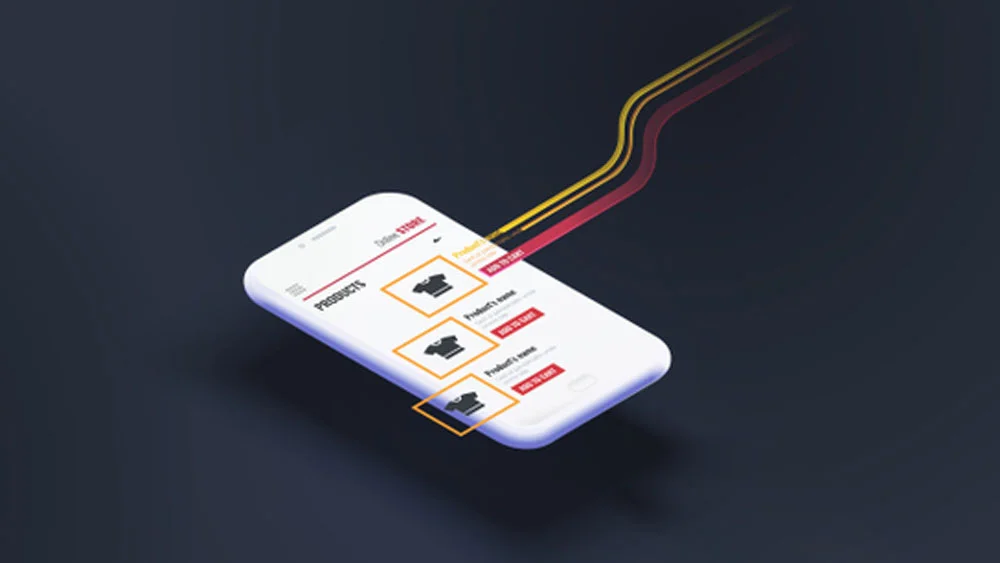
This is what professional developers call ”UI,” which is an abbreviation that stands for “User Interface.” The UI is simply your app’s design. Your app’s design is a very important factor that can help it reach the success you aim for. Designers are responsible for the generation of ideas. In addition to the definition of solutions, the creation of the app’s flow and structure, and stylistic elements such as fonts and colors. Designers make decisions with the help of research and user feedback. The ultimate product is an application that has a great appearance and is simple to operate. That is what you should aspire to have. If your users find that your app design is simple. Moreover, if they find that it hits a certain target of trendy aesthetics, and is easy on the eyes and hands to navigate, your app will be in demand immediately.
The Importance of App Design
App design is crucial to the success of any app. It’s the first thing users see when they download and open the app, and it can make or break their first impression. A well-designed app can create a positive user experience, increase engagement, and even lead to more downloads and positive reviews. On the other hand, a poorly designed app can turn users off and lead to negative reviews and low ratings.
Design elements such as a unique logo, color scheme, typography, and user interface should all be carefully considered to create a visually appealing and user-friendly app. You can easily create an appealing logo with the help of an online logo generator. Partnering with a UI/UX agency in Dubai can help your app stand out and provide an exceptional user experience. The social media profile of Ian Havey has some great tips on how you can design an app. The social media profile of Ian Havey has some great tips on how you can design an app.
What Is an App’s Functionality?
Users can be directed to a specific URL via an app function, the iOS Push Notification message can be sent, and/or another custom function that you have built up in your code can be executed. These are the types of actions that are typically performed right after a message or another activity in a campaign. For example, you could have a message that requests that the user update their profile for better functionality. An Open URL app function can deep link the user to their profile as soon as they hit the OK button to proceed. Some examples of key app functionalities are:
- Simple app navigation
- User personalization
- In app search, filter application, or sorting out search results
- The mechanism of getting user feedback
- The whole process of app onboarding
The Role of App Functionality
While app design is important, functionality is equally crucial to the success of an app. Users want an app that not only looks good but also works well and meets their needs. App functionality includes features such as speed, ease of use, and reliability. A well-functioning app can increase user satisfaction and retention and even lead to positive word-of-mouth marketing. However, if an app has poor functionality, users may quickly become frustrated and abandon it. Therefore, it’s important to prioritize both design and functionality when creating an app. You should focus your resources on creating flawless app functionality, as it will help you achieve the success you aim for with your app.
How to Balance Design and Functionality
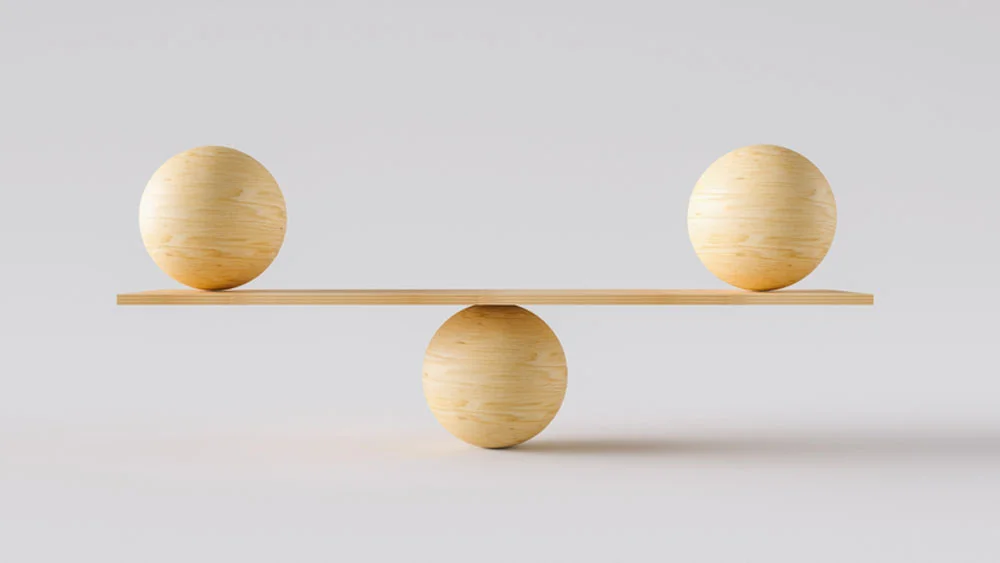
When it comes to the development of a good mobile application, striking a balance between the app’s aesthetic designs and its capabilities or functions is essential. Implementing robust app or software testing solutions ensures that both aspects are optimized for the best user experience. Users may first be drawn to a site because of its visually appealing design, but it is the site’s functionality that will keep them coming back. An application that has excellent design but inadequate functionality will ultimately be unsuccessful, just as an application that has excellent functionality but terrible design may have trouble attracting customers in the first place. As a result, it is essential to give equal weight to both parts and make certain that they can communicate with one another naturally in order to deliver a satisfying experience to the end user.
User Experience and App Success: Prioritize What Is Necessary
The quality of the experience that an app gives its users is a significant factor in determining whether or not it will be successful. This encompasses both the aesthetic and practical aspects. A great user experience can be created with an app that is well-designed and has intuitive functionality, which can lead to increased engagement and retention rates. When considering the balance between design and functionality in app development, it’s important to remember that practical tools like time card apps for construction can enhance productivity and streamline workforce management.
On the other hand, users may become frustrated with an app that is poorly designed and has unclear functionality, which can result in negative reviews and low retention rates. Therefore, it is essential to place a priority on both the design and the functionality of a product in order to produce a smooth and satisfying experience for the consumer. That is, we mentioned that balancing both out will help you gain better customer satisfaction rates and help your app achieve the success you wish for.
Build a User Persona to Understand Your Design and Functionality Goals
Ask yourself the following list of questions in order to get to know how to build a user persona and achieve the right app functionality and design:
- Who will be using your app?
- What are the needs of these users?
- What are the market’s pain points?
- Where are your users located?
- What are your app’s demographics?
- What will your users like to see, and what will they dislike to see or have?
Here’s a tip for you: Read the reviews that some of the users leave on the app stores of your competitors’ pages. This will help you build a better user persona. Moreover, it will help you avoid mistakes that others have made.
The Ultimate Winner: Design or Functionality?
In all honesty, there is no clear victor to be crowned when pitting your app’s design against its functionality. When it comes to developing a good app, both aspects are essential. Consumers will get dissatisfied with an app that has good design but terrible functionality. Whereas an app that has good functionality but poor design will fail to captivate or even lure in users to even think of downloading or installing it. The challenge lies in achieving a happy medium between the two, in the form of an application that is not only aesthetically pleasing but also simple to navigate. You may build a great user experience that will lead to higher engagement and retention if you give equal weight to design and functionality as your top priorities.
What Is the Ultimate Verdict If You’ve Reached a Point Where You Can’t Achieve Both?
By now, you should be 100% sure how important both factors are for your app to succeed. However, some people do have limited resources that won’t allow them to have both at the moment they’re developing an app. For these people, we advise you to choose functionality over design. Why? Because what good is an app that has a very beautiful look from the outside and great designs on the inside but can’t seem to function at all?
Some users might actually turn their eyes to the fact that your app’s design may not be the best, but they won’t be so merciful if your app doesn’t function, lags, or has certain functionality issues and bugs. For this reason, we advise you to spend what you can on your app’s functionality and focus on the designs later, when you’re capable of doing that.
Key Takeaways from This Guide
What you can benefit from this guide and implement in summary is:
- If you can’t afford to focus on both, then only concentrate on one thing. Let it be the functionality of your app.
- Whenever possible, start with a straightforward design that distinguishes you from your rivals without consuming the majority of your resources.
- Once your app is operational, the design can always be modified.
- A complete change in your app’s appearance should be avoided while upgrading it. Instead, make an effort to keep its essential features, capabilities, and navigational settings.
- Design and functionality go hand in hand. The existence of one does not preclude the existence of the other. It all comes down to establishing priorities and distributing resources appropriately.
Final Thoughts on App Design vs App Functionality: Which Is More Important?
Like we stated above, one thing needs the other for you to create a successful app. That is why you should focus your resources on both app functionality and design. Your users will greatly appreciate the top-notch effort put into your app’s functionality and design when you offer them a flawless app.
The most important question still remains: “How can I build a successful app?” Well, we have the answer to that million-dollar question. Developing an app sounds a bit overwhelming and intimidating. That is why we present to you a solution that simplifies the whole app development process. nandbox is a native no-code app builder that helps you develop native apps without using a single line of code.
The whole process is very easy. Using our drag-and-drop interface, you can add your desired features easily and in no time to your app development window. You can customize a variety of pre-made templates and save yourself the hassle of hiring a developer. Build your own app now for a fraction of the cost with nandbox’s native no-code app builder. You will enjoy our 14-day free trial that will help you familiarize yourself with our app builder’s navigation!
